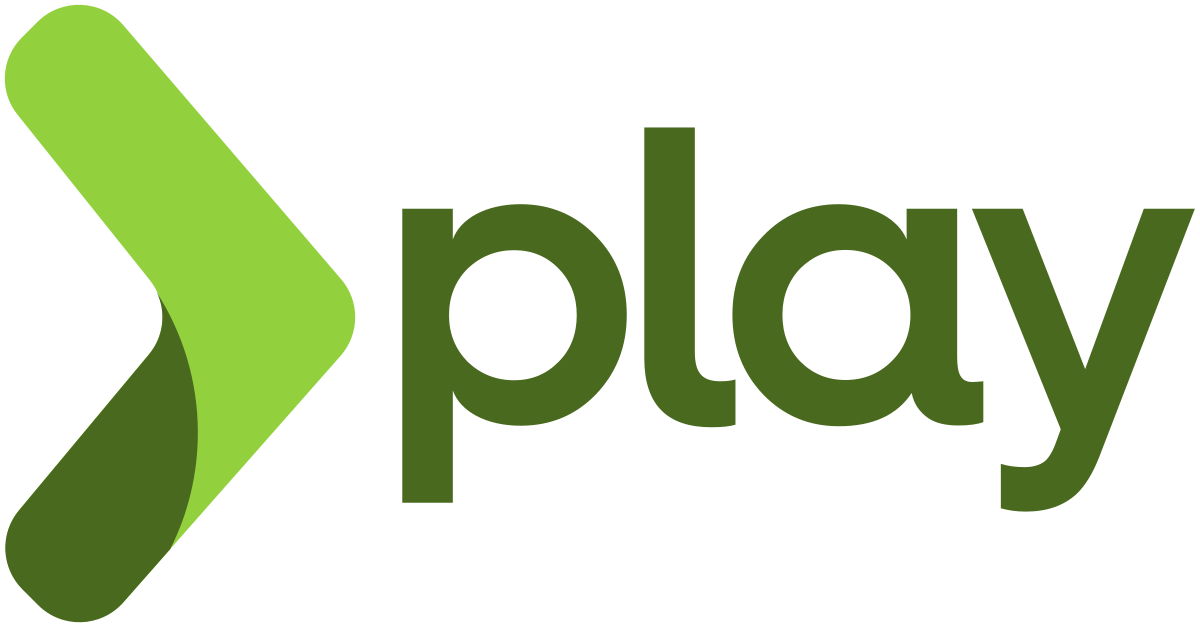What is Play Framework?
A flexible open-source online application framework for Java and Scala, the Play Framework is distinguished by its preference for convention over configuration. The Model-View-Controller (MVC) design, on which it is based, provides sane defaults and speeds up development.
Play Framework offers effective handling of concurrent requests and scalability due to its lightweight, quick, and reactive nature. Rapid development is made possible by features like integrated testing and hot code reloading.
Key features of the Play Framework
Play Framework being easy to use and lightweight framework offers the following salient features include:
Model-View-Controller (MVC) architectural pattern: Play Framework follows the MVC pattern, promoting separation of concerns and modular development. Here's an example of a primary Play Framework controller in Java:
import play.mvc.*;public class HomeController extends Controller {public Result index() {return ok("Welcome to the Play Framework!");}}
In this example, we have a HomeController that extends the Controller class provided by Play Framework. The index() method represents a route that responds with the "Welcome to the Play Framework!" message when accessed.
Emphasis on convention over configuration: To minimize the need for manual setting and shorten development time, Play Framework offers logical defaults and standards.
Reactive programming: Play is based on the ideas of reactive programming, enabling programmers to effectively manage several requests at once and create responsive, non-blocking applications.
Lightweight and fast: Play Framework is renowned for being lightweight and highly effective. It uses an event-driven, asynchronous paradigm to reduce resource usage and increase scalability.
Developer productivity: Play encourages quick development with tools like hot code reloading, which enables modifications to be immediately reflected in an application running without needing restarts. Here is an illustration of how to use the Play templating engine:
<!-- app/views/index.scala.html --><!DOCTYPE html><html><head><title>Welcome</title></head><body><h1>Hello, @name!</h1></body></html>
In this example, we have a Play view template file (index.scala.html) that uses the Play templating engine. The @name placeholder can be dynamically replaced with a value when rendering the template.
RESTful architecture: Play is well suited for creating RESTful APIs, making it simple for developers to plan and implement web services.
Integrated testing: Play provides a framework for testing that streamlines the testing procedure, including integration and unit tests.
Dependency injection: Play Framework enables dependency injection, streamlining the management of dependencies and encouraging modular development.
With a large selection of plugins and modules providing features like database access, authentication, caching, and more, Play Framework has a thriving ecosystem. Because of its developer-friendly methodology and scalability characteristics, it has become more well-liked in the Java and Scala communities.
Benefits of Play Framework
Play Framework is an excellent option for developers looking for scalability, quick development, increased productivity, support for RESTful APIs, and modular development options.
Scalability and effectiveness: The reactive structure of the Play Framework enables it to handle concurrent requests effectively and to produce high-performance applications that can scale successfully.
Faster and more iterative development: Play Framework’s hot code reloading functionality lets developers change their code and see the effects immediately without restarting the application.
Increased productivity: Play Framework has a simple syntax that simplifies development jobs and reduces boilerplate code. Additionally, it has built-in testing tools, making it simpler to design and run tests and boosting productivity.
Support for developing RESTful APIs: Play Framework offers a clear and expressive approach to designing and implementing web services, making creating and maintaining API-centric applications simpler. Play Framework is well-suited for developing RESTful APIs.
Dependency injection: For modular development, dependency injection is supported by Play Framework, enabling programmers to create loosely linked and modular applications. As a result, complicated projects can be maintained more efficiently and with more incredible code organization and reuse.
Conclusion
A flexible framework for online development, Play Framework puts developer productivity and scalability first. Its reactive and non-blocking design delivers high-performance and responsive applications, making it well-suited for real-time and event-driven systems.
Here's a guide to help you kickstart your journey of building robust and scalable web applications with the Play Framework.
Free Resources
